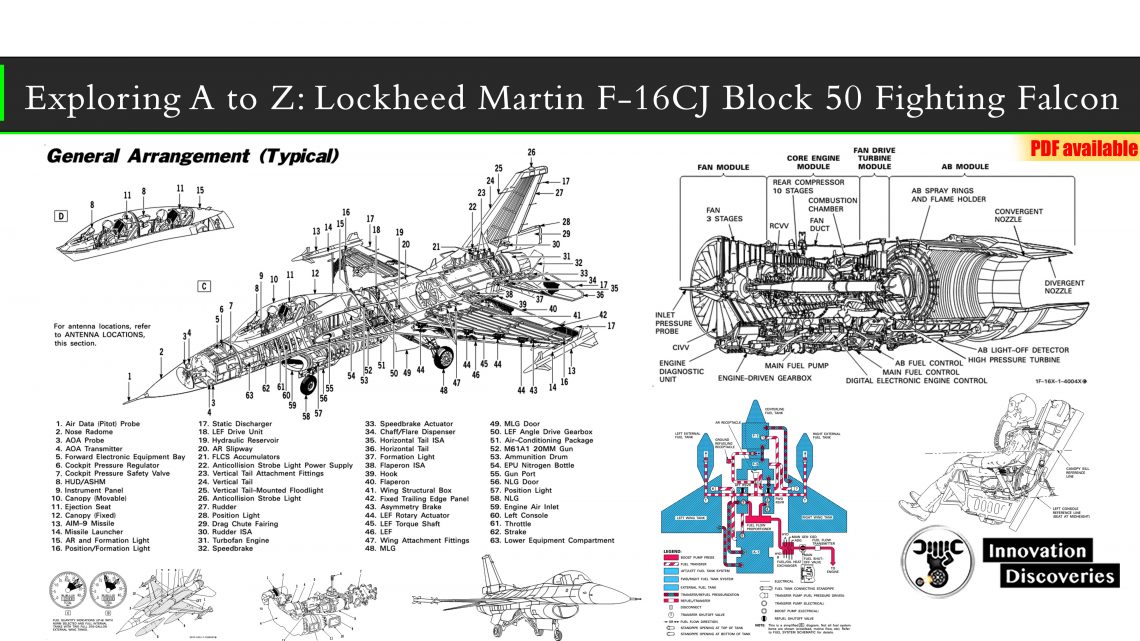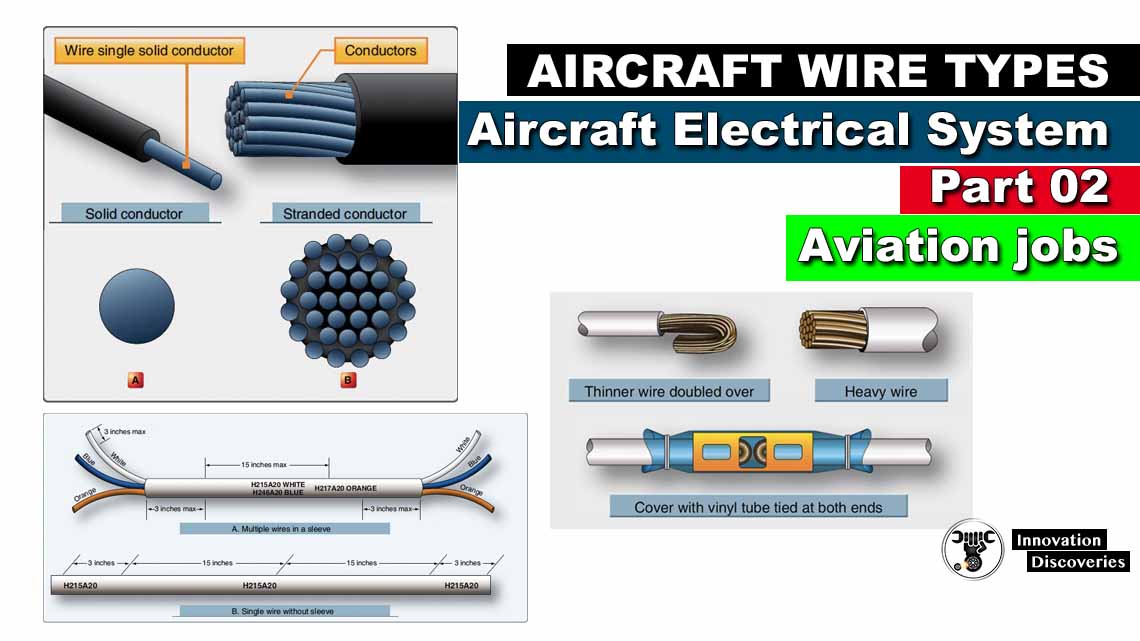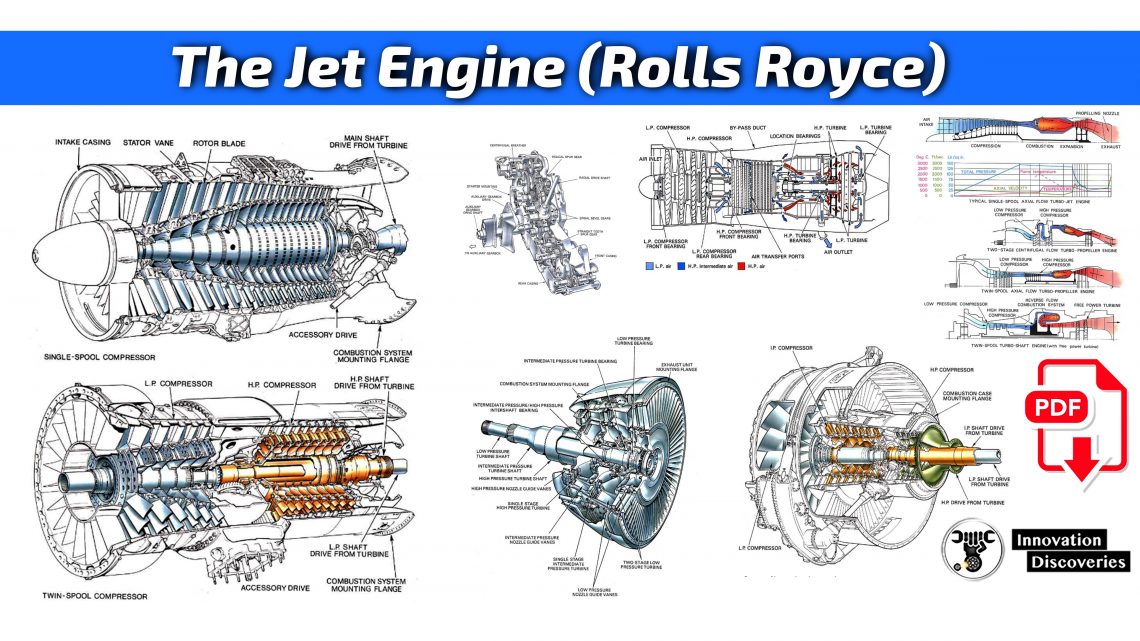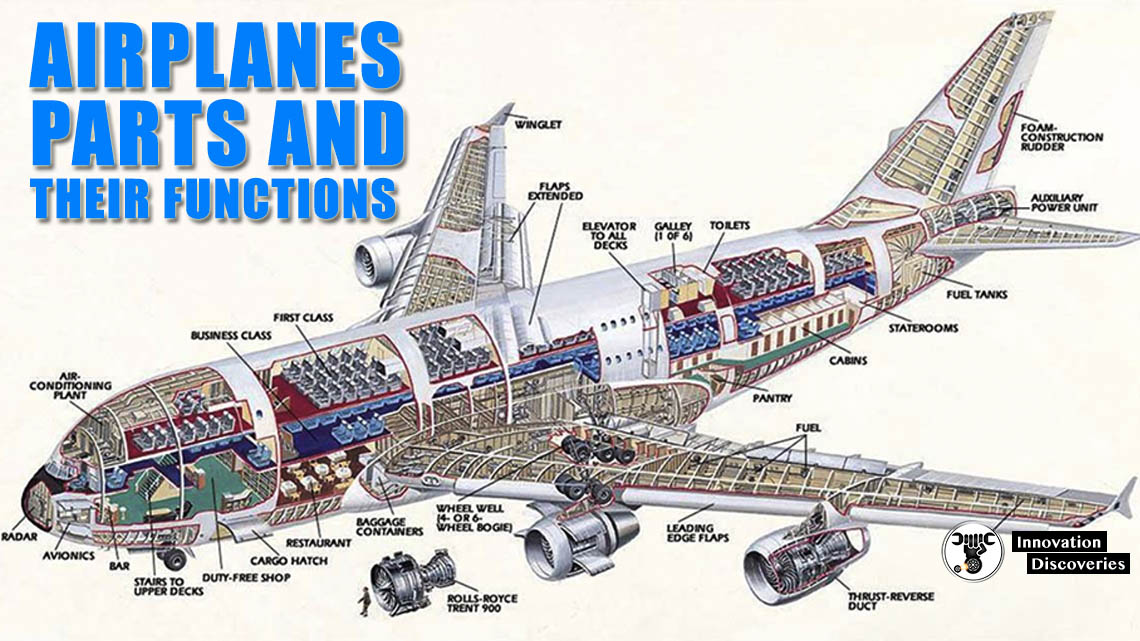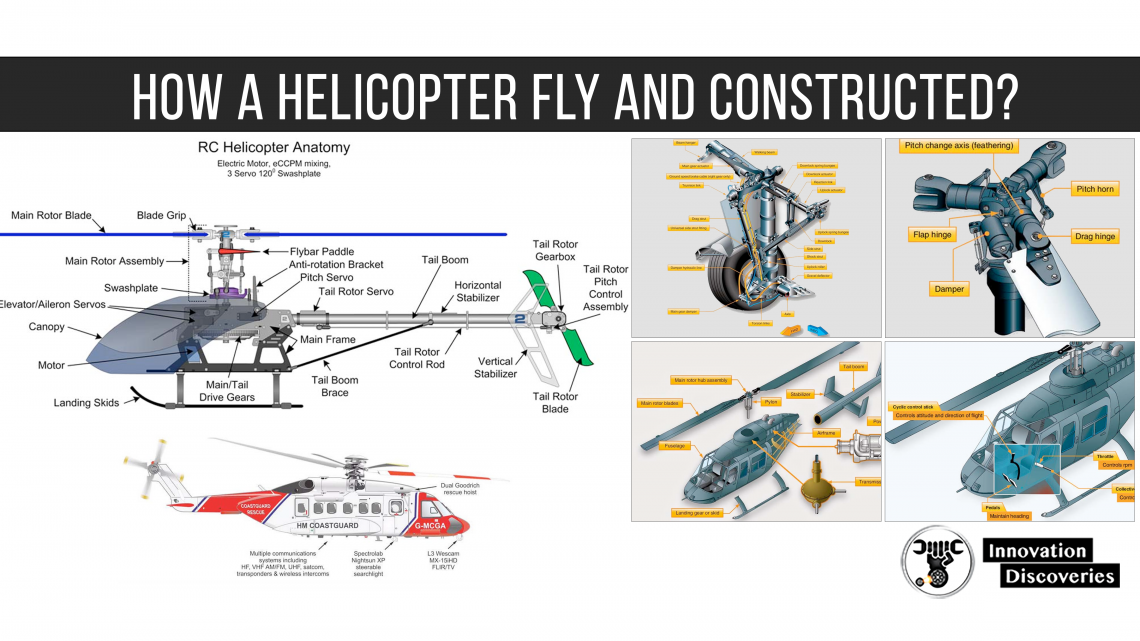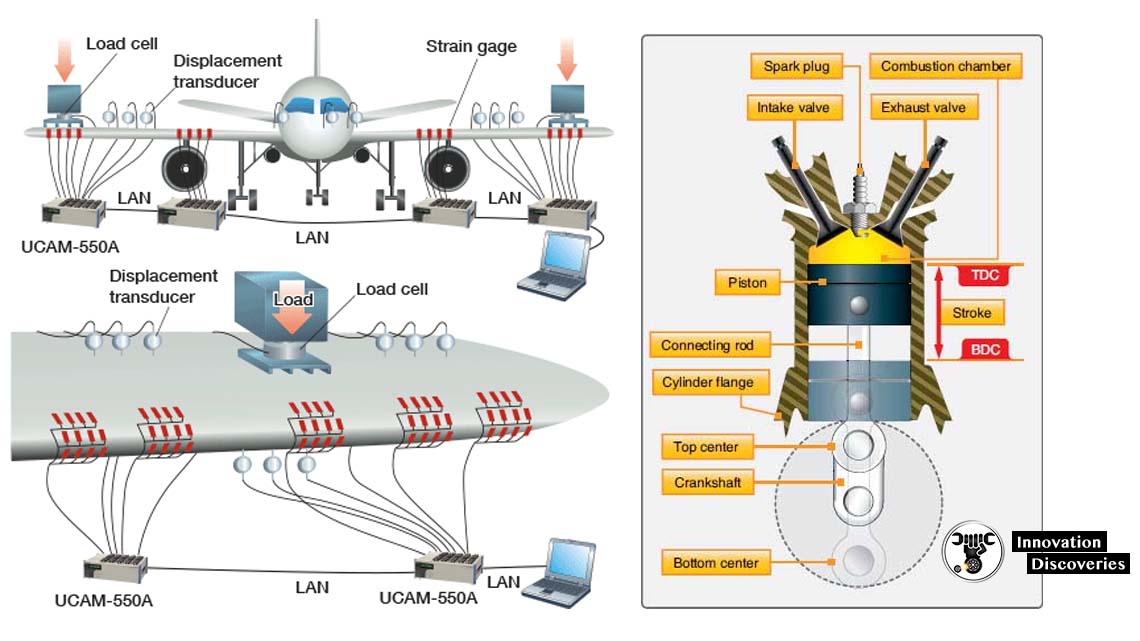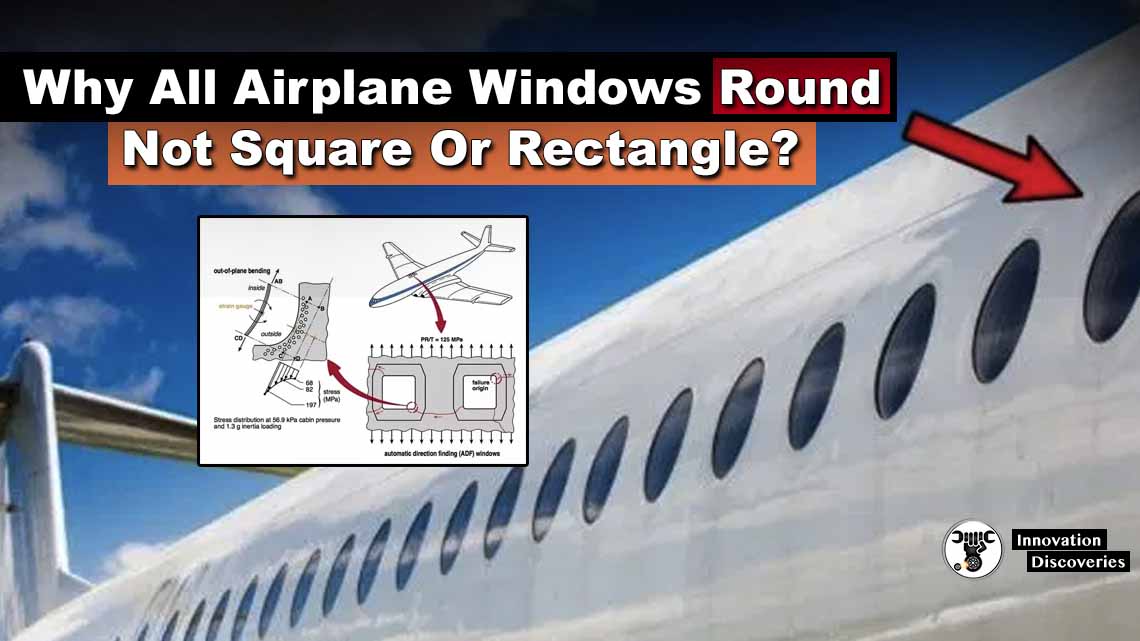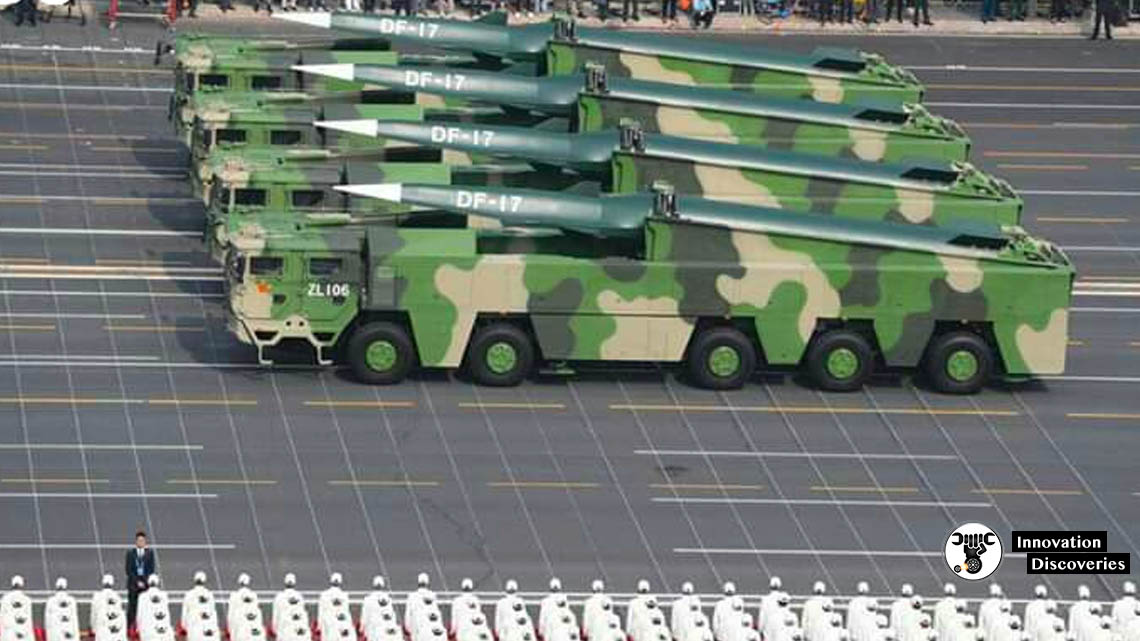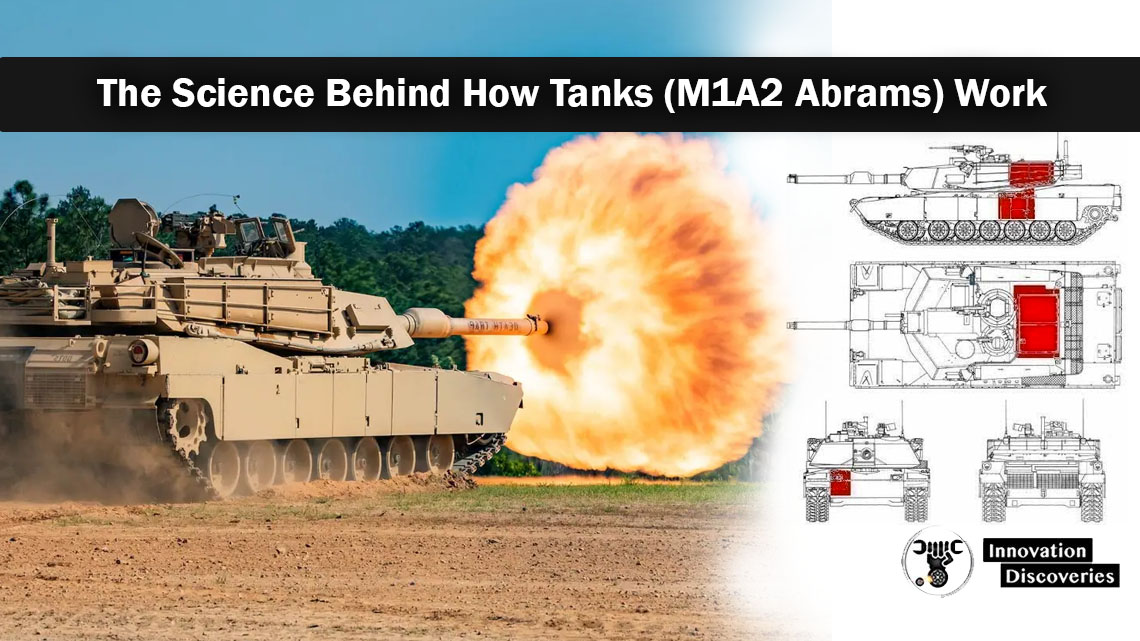
Introduction
Tanks, like the M1A2 Abrams, are a marvel of engineering. With the ability to move quickly, turn sharply and withstand heavy fire, they are an essential part of any modern military. But how exactly do they work?
At the heart of the M1A2 Abrams is a complex system of engines and gears that allow it to maneuver across a variety of terrain. The tank’s tracks are powerful enough to carry up to 70 tons of equipment and supplies while its powerful turret can fire up to 1,500 rounds per minute.
The tank is also equipped with sophisticated sensors and computers, which allow it to react quickly to changes in its environment. This helps the M1A2 Abrams stay one step ahead on the battlefield.
In this article, we will be exploring the science behind how tanks (M1A2 Abrams) work, from their powerful engines and tracks to their high-tech sensors and computers.
What Is a Tank and What Does It Do?
A tank is an armored combat vehicle that combines the firepower of a large-caliber gun, a turret to rotate the gun, and heavy protection from enemy fire. Tanks are used in ground battles to breach enemy fortifications and to provide infantry with mobile cover.
The M1A2 Abrams tank is one of the most popular and successful tanks ever produced. It’s capable of hauling up to three crew members and carrying enough firepower to take on most threats on the battlefield. The M1A2’s weaponry provides it with excellent offensive capabilities, while its high level of armor shields it from most forms of ground based attacks.
At its heart, the M1A2 Abrams tank is powered by a 1,500-horsepower turbine engine which gives it an impressive top speed of 45 miles per hour over flat terrain. To ensure maximum agility and maneuverability, the M1A2 includes an advanced suspension system paired with rubber tracks for added traction in all weather conditions. This combination allows for quick turns and sharp evasive maneuvers even in heavily damaged terrain.
The History of the M1A2 Abrams
The M1A2 Abrams is the latest in a line of tanks that began in the 1980s, to replace the aging M60 Patton tank. Designed for both speed and maneuverability, the M1A2 Abrams was first tested in 1992 and has gone through regular upgrades since then. It has been used in many conflicts and serves as a main battle tank for the U.S. Army and Marine Corps today.
At its heart, an M1A2 Abrams is powered by an AGT-1500 turbine engine capable of producing 1,500 horsepower which gives it a top speed of 42 mph (68 km/h). This engine is designed to run on diesel fuel or any grade gasoline with additives. The tank is also fitted with advanced technology, such as laser rangefinders, navigation systems, thermal imaging sensors and remote weapon systems.
The M1A2 Abrams’ armor consists of an appliqué armor kit which includes ceramic tiles to deflect anti-tank shells at close range as well as explosive reactive armor panels that can stop most shaped charges and kinetic energy rounds from penetrating the hull or turret. The crew members inside are also protected by special contingency armor connected to interior walls that absorb impact from explosions and shrapnel.
Anatomy of a Tank – A Closer Look at the M1A2 Abrams
When it comes to tanks, the M1A2 Abrams is one of the most popular on the market. So let’s take a closer look at what makes this tank so powerful.
Turret
The turret of an M1A2 Abrams tank is a crucial component, as it houses the main gun, which is used for firing shells and rounds. The turret is typically constructed from composite materials and reinforced with steel plates. This defends against flame, shaped charges and kinetic penetrators.
Armor
The M1A2 Abrams is also equipped with composite armor that helps hold the shape of the tank and protects against ammunition and projectiles. The armor also aids in protection against landmines, IEDs, and other explosives. On the tank’s exterior, the armor is painted with a special coating that helps lessen infrared signatures and reduce visibility.
The Abrams is also armed with a variety of weapons systems, including a 120mm L44 smoothbore gun, a coaxial machine gun, a commander’s independent machine gun and two smoke grenade launchers. The 120mm L44 smoothbore gun is capable of firing both anti-tank and anti-personnel ammunition, while the coaxial machine gun is used mainly for suppressing ground personnel.
The M1A2 Abrams is also outfitted with an automated fire control system that uses a laser rangefinder to target enemy positions and more accurately fire the tank’s main gun. This system is designed to reduce the tank crew’s workload and eliminate the need for manual targeting.
The M1A2 Abrams is the perfect combination of speed, agility and firepower, making it the ultimate armored fighting vehicle. It is well-equipped to handle any combat situation it may be deployed in and is likely to remain the backbone of the U.S. Army’s ground forces for many years to come.
The M1A2 Abrams tank also has advanced armor plating designed to withstand blasts from enemy weapons. This armor is known as Chobham armor or ‘Burlington’ armor, and consists of various layers of metal alloys, plastics and ceramics that are able to absorb and deflect blasts aimed at the tank.
Main Gun
The main gun on an M1A2 Abrams tank is typically a 120mm smoothbore cannon capable of firing rounds up to 12 miles away with pinpoint accuracy. This system can be used to fire shells filled with high explosives or depleted uranium rounds, both of which are incredibly powerful and devastating when fired at enemies or targets on the ground.
battlefield. In addition to its main gun, the Abrams also has smoke grenade launchers and a coaxial machine gun to provide covering fire and suppress enemy movement.
Engine
The Abrams is powered by a powerful and reliable turbine engine that can propel the tank up to 42 miles per hour and take it over rough terrain with ease. The engine runs on diesel fuel, which is both cost effective and efficient, and makes it ideal for long distance travels.
Crew
The Abrams is operated by a four-man crew, who are responsible for operating the controls and monitoring the tank’s systems. The crew includes a driver, a gunner, a loader and a commander who is responsible for controlling the entire tank crew and giving commands during battle.
Future Developments
The U.S. Army is continuously making improvements to the M1A2 Abrams, such as developing new armor and weapon systems, and adding advanced communication systems. In the future, the Abrams will be equipped with advanced active protection systems that will increase the tank’s survivability in battle, as well as its accuracy and range of fire. The Army is also exploring options for creating a hybrid fuel cell engine for the Abrams, which would make it more fuel efficient and give it greater operational range.
The M1A2 Abrams tank continues to be a powerful and formidable weapon in the U.S. Army’s arsenal, and with the continuous improvements and
Engines
The engine of an M1A2 Abrams tank is typically a Honeywell AGT1500 gas turbine engine capable of producing 1,500 horsepower and propelling the vehicle up to 45 mph in off-road conditions. This is coupled with multiple transmission systems that allow for quick shifts between gears even during combat maneuvers.
Mobility
The M1A2 Abrams tank has been designed with considerable mobility in mind. The tracks are positioned to reduce ground pressure, while the turret is offset in order to prevent the main gun from dragging. The M1A2 Abrams also has an improved suspension system which allows it to move at higher speeds on rough terrain without damaging the vehicle, and the tank can be easily maneuvered on both paved roads and cross country.
Survivability
The M1A2 Abrams is designed for survivability in a range of different combat environments. The tank’s armor is classified as “highly survivable” and is capable of withstanding multiple hits from enemy weapons. The Abrams also has advanced fire suppression systems which will limit the damage to the vehicle and crew in the event of a catastrophic fire.
Communication System
The Abrams is equipped with an advanced communication system which includes a built-in network capable of broadcasting and receiving orders and tactical data over long distances. The system is capable of connecting with other units within the U.S. Armed forces, as well as with allied units, allowing for a high degree of coordination and battlefield awareness.
Computing Aids
The Abrams is outfitted with an advanced computer system which allows the crew to control the tank from the driver’s seat, allowing for greater situational awareness and faster response times in combat. The onboard computers can also help with targeting
Protection – Armor and Countermeasures on the M1A2 Abrams
The M1A2 Abrams features an array of protective features that provide its crew with an unmatched level of protection. The tank is built from steel composite armor, a combination of Rolled Homogenous Armor (RHA) and depleted uranium plate materials.
Additionally, the tank is equipped with a “slat armor” system which utilizes steel rods to interlink its composite armor layers, creating a corrugated structure that deflects Explosive Reactive Armor (ERA) projectiles.
Other protective elements include:
- Smoke Generators: An onboard smoke generator releases clouds of smoke to obscure the tank’s hull and turret from enemy fire.
- Infrared Jamming System: The tank also has an infrared jamming system that scrambles incoming guided missiles or projectiles, rendering them ineffective and impotent.
- Active Protection System: The M1A2 Abrams’ active protection system works by detecting incoming hostile projectiles and detonating them before they hit their target. It also features radar systems which detect incoming threats and alert the crew before they can cause harm.
These combined systems enable the M1A2 Abrams to stand up against hostile forces with ease – providing its crew with superior protection in the battlefield.
Power Sources of the M1A2 Abrams
The M1A2 Abrams tank is powered by a hybrid engine, consisting of a diesel turbine supplemented with the power of an electric motor. This hybrid engine gives it superior maneuverability and acceleration over pure diesel engines. The electric motor also adds to the tank’s fuel efficiency, as it can be used to supplement the diesel engine when needed.
The tank also has an auxiliary power unit (APU) which is powered separately by its own combustion engine. This APU provides additional power for running onboard electronics and other systems while the main engine is off.
The traditional diesel turbine is connected to a transmission, which drives the tank’s tracks and allows it to move forward, backward, and turn in place. The transmission features five forward gears and two reverse gears, allowing for quick changes in speed and direction.
The turbocharged diesel engine of the M1A2 Abrams provides a maximum 1000 horsepower, allowing for a top speed of 45 miles per hour on roads or 15 miles per hour off-road. With its hybrid engine and powerful transmission system, the M1A2 Abrams can outmaneuver most enemies on the battlefield.
Mobility – Maneuverability, Traction, and Propulsion on the M1A2 Abrams
The M1A2 Abrams has been designed with mobility in mind, allowing it to maneuver quickly over almost any terrain. The four-track system increases traction while providing a smooth ride. Its propulsion system consists of an 1100 horsepower turbine engine that uses a fuel efficient transmission, making it highly fuel efficient and able to reach speeds of up to 45 mph.
The M1A2 Abrams has excellent maneuverability for a tank of its size, thanks to its four-track system and adaptive suspension system, which provides reliable handling on any terrain. It is able to turn in its own length and can climb grades as steep as 60 percent. Additionally, its design allows it to negotiate obstacles such as walls and ditches up to four feet deep with ease.
Furthermore, the M1A2 Abrams features an advanced drivetrain system which enables the vehicle to move quickly in confined spaces, allowing for rapid changes in direction and acceleration. This makes it well suited for urban environments which are often full of tight corners and narrow streets.
Finally, the M1A2 Abrams utilizes an onboard computer monitoring system known as the Tank Urban Survivability Kit (TUSK). This kit provides the tank with a suite of sensors and cameras that allow the operator to survey their surroundings while maneuvering through city streets or difficult terrains, ensuring they remain safe during operations.
Conclusion
The M1A2 Abrams provides an impressive model of modern tank technology, combining the brute force of its 120mm main gun with intelligent systems that can rapidly process data from their environment. Its Chobham armor is capable of withstanding immense levels of force, making it capable of withstanding even the most advanced weapons. Its engine allows for speed, agility and mobility on the battlefield, giving it an edge in concealing its position, flanking enemies and quickly traversing terrain. Altogether, the M1A2 Abrams shows the remarkable progress made in tank design, making it one of the most effective fighting machines of its time.
The features of the M1A2 Abrams don’t just stop at its mobility though; the Abrams is also equipped with state-of-the-art fire control systems, allowing the gunner to accurately target enemy tanks and other positions with minimal input. This fire control system is designed to enable the gunner to quickly target and engage enemy targets at long range, thanks to its high resolution thermal sight and laser rangefinder. The fire control system also enables the gunner to quickly pivot the main gun with the touch of a button, allowing for rapid suppression of hostile forces.
The M1 Abrams is also outfitted with an advanced communications system, allowing for radio and data communication. This allows the Abrams to be integrated into any military network, making it easy to coordinate and track friendly forces in the heat of battle. Additionally, the Abrams is capable of transmitting a variety of data, including GPS coordinates and targeting information.
All of the features of the M1A2 Abrams, from its suspension and engine to its fire control system and communications systems, blend together to create a formidable instrument of war. The combination of firepower and mobility make the Abrams one of the premiere tanks in the world and a masterclass in modern tank design.
Military Tech
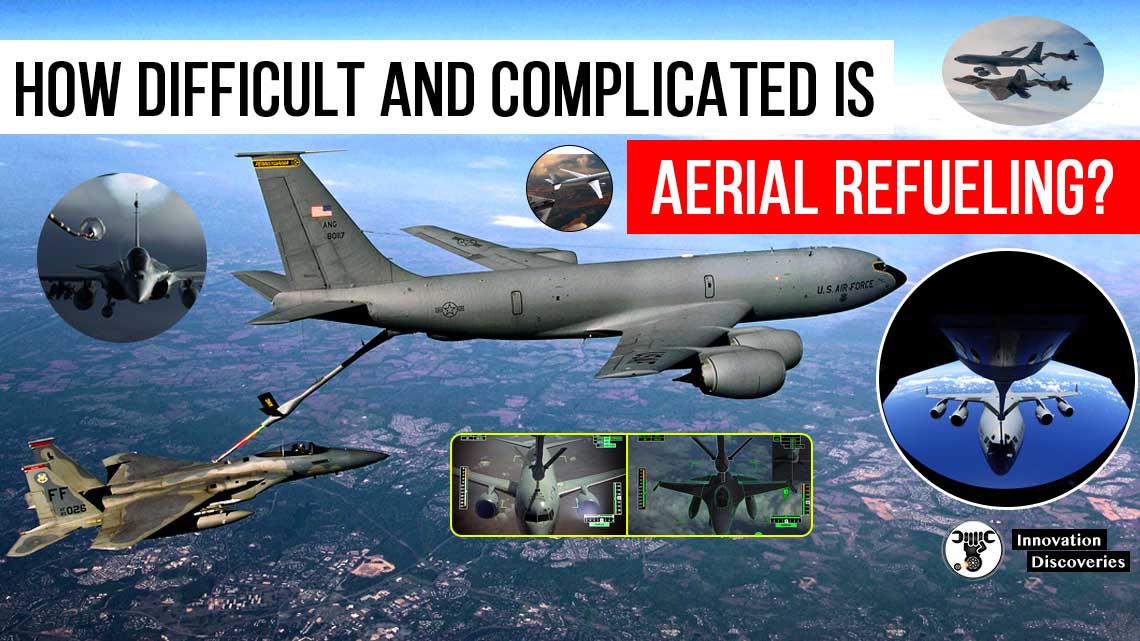
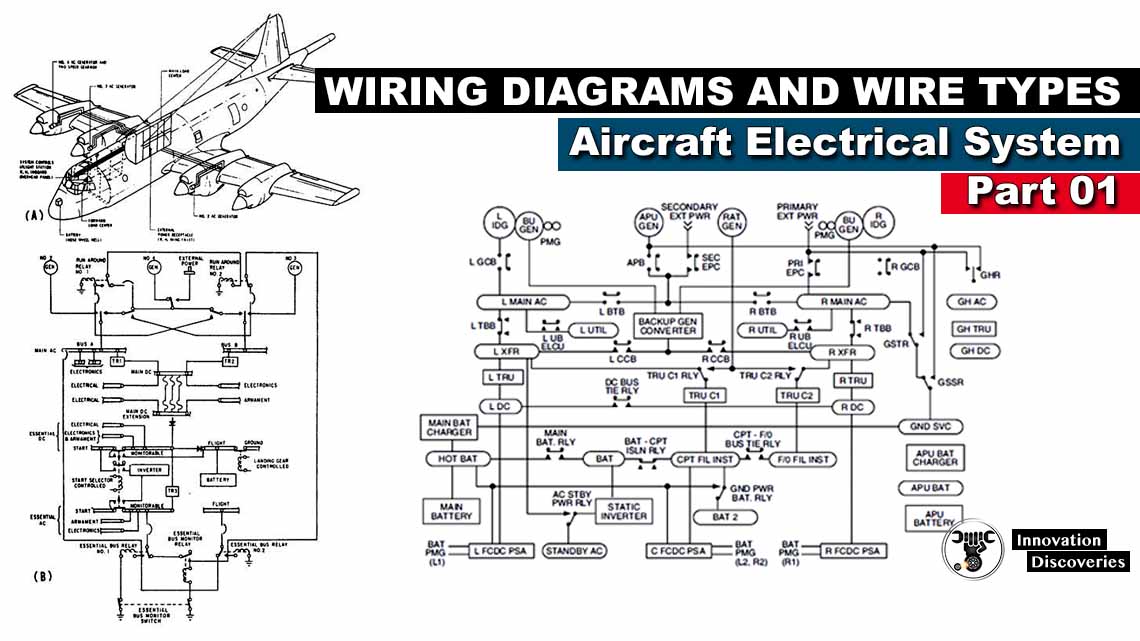
Read More:
How Do Airplanes Fly? Components

Visit Forum
Visit Our Friendly Website


